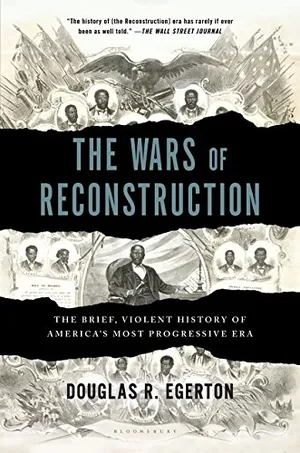Terrorized African-Americans Found Their Champion in Civil War Hero Robert Smalls
The formerly enslaved South Carolinian declared that whites had killed 53,000 African-Americans, but few took the explosive claim seriously—until now
/https://tf-cmsv2-smithsonianmag-media.s3.amazonaws.com/filer/0f/9d/0f9df08e-630a-4ef9-8ee9-615495782d3c/3-untitled-1_copy.jpg)
In May 1862, an enslaved man named Robert Smalls won renown by stealing the Planter, the Confederate military transport on which he served as a pilot. On a night when the ship’s three white officers defied standing orders and left the vessel in the care of its crew, all slaves, Smalls guided it out of its slip in Charleston Harbor and picked up his wife, their two young children and other crewmen’s families at a rendezvous on the Cooper River. Flying the South Carolina state flag and the Stars and Bars, he steered past several armed Confederate checkpoints and out to the open sea, where he exchanged his two flags for a simple white one—a gesture of surrender to a Union ship on blockade duty. In all, he delivered 16 enslaved persons to freedom.
After serving the Union cause as a pilot for the rest of the Civil War, he returned to South Carolina, opened a general store that catered to the needs of freedmen, bought his deceased master’s mansion in Beaufort and edited the Beaufort Southern Standard. He soon dived into politics as a loyal Republican. In 1868, he was a delegate to the South Carolina convention charged with writing a new state constitution, which guaranteed freedmen the right to vote and their children the promise of free public education.
The Wars of Reconstruction: The Brief, Violent History of America's Most Progressive Era
By 1870, just five years after Confederate surrender and thirteen years after the Dred Scott decision ruled blacks ineligible for citizenship, Congressional action had ended slavery and given the vote to black men.
Over the next three decades, Smalls served South Carolina in both houses of its legislature and in the U.S. House of Representatives. In 1895, he was once again a delegate to the state constitutional convention—except this time, he was hoping to defend the freedmen’s right to vote against efforts by white South Carolina Democrats to quash it. Although Smalls had learned to read only in adulthood, he was a feared debater, and at age 56 the burly war hero remained an imposing figure. When he rose to speak at the State Capitol in Columbia, the chamber fell silent.
The “negro was here to stay,” Smalls thundered, “and it was to the interests of the white man to see that he got all of his rights.” He supported his argument with data: tables and figures designed to demonstrate the economic and political clout of his state’s 600,000 black citizens (a slight majority of a total population of 1.1 million). In South Carolina alone, he observed, “the negroes pay tax on $12,500,000 worth of property,” citing the most recent census. He argued for adopting a combined “property and educational qualification” for voting, but that was a bluff: Many white farmers had lost their property during the war, and he knew that wealthy white Democrats could never sell such a proposal to their poorer constituents.
Smalls then advanced a startling claim: “Since the reconstruction times, 53,000 negroes have been killed in the South.”
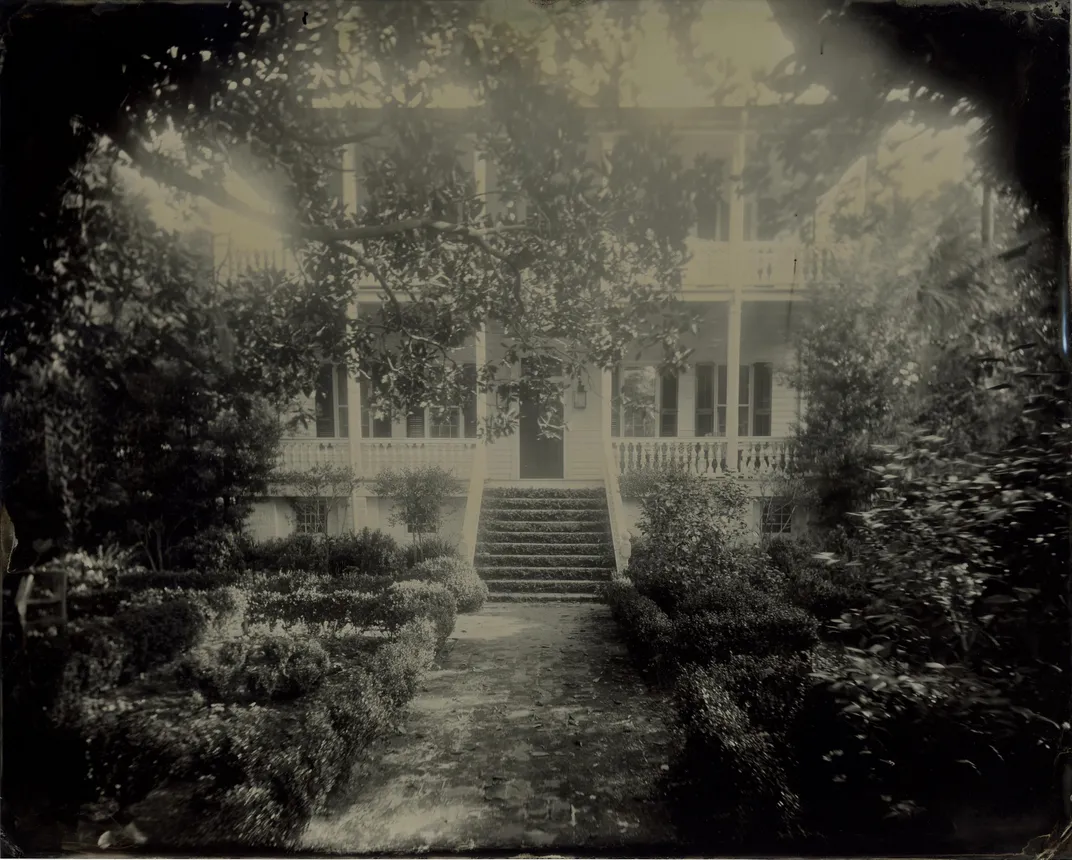
Fifty-three thousand dead is a staggering number—more than all the dead, wounded and missing at the Battle of Gettysburg. Even spread over the 30 years that had elapsed since Appomattox, that would be an average of 1,766 murders each year, or almost five each day, across the 11 former Confederate states.
When I first read Smalls’ speech while researching political violence in the years after the Civil War, I was stunned. Most estimates of postwar killings of African-Americans amount to about 4,000 public lynchings committed between 1877 and 1968. But what about those who were assassinated or disappeared before 1877, the year Reconstruction began to decline? How did Smalls arrive at that figure? Perhaps he simply invented it to capture the nation’s attention or to appeal to the sympathy of moderate Southern whites. But this figure, like others in his oration, was precise. He could have said “about fifty thousand” or even “more than fifty thousand,” but he didn’t. Was his number even plausible? Could it be verified? As far as I could tell, no historian had tried.
The answer matters because it captures a shifting understanding of what brought the nation’s first meaningful campaign for racial equality to a halt. Too often, the central question about the postwar period is why Reconstruction failed, which implies that the process itself was flawed in ways that contributed to its own demise. But Smalls’ death toll, if even close to accurate, adds substantial weight to the idea that Reconstruction was overthrown—by unremitting clandestine violence.
To evaluate his number, I combed through sources that would have been available to him. I quickly learned one thing: Those sources lack basic information, such as victims’ last names, making it unlikely that anyone will be able to establish a precise number of people targeted for assassination by Southern whites. Gradually, though, I came to another conclusion: Those sources clearly demonstrate that white Democrats, an electoral minority in every Southern state after the war, engaged in racial terrorism to restore the prewar social order. Despite the imprecision in the records, I found Smalls’ figure to be entirely plausible.
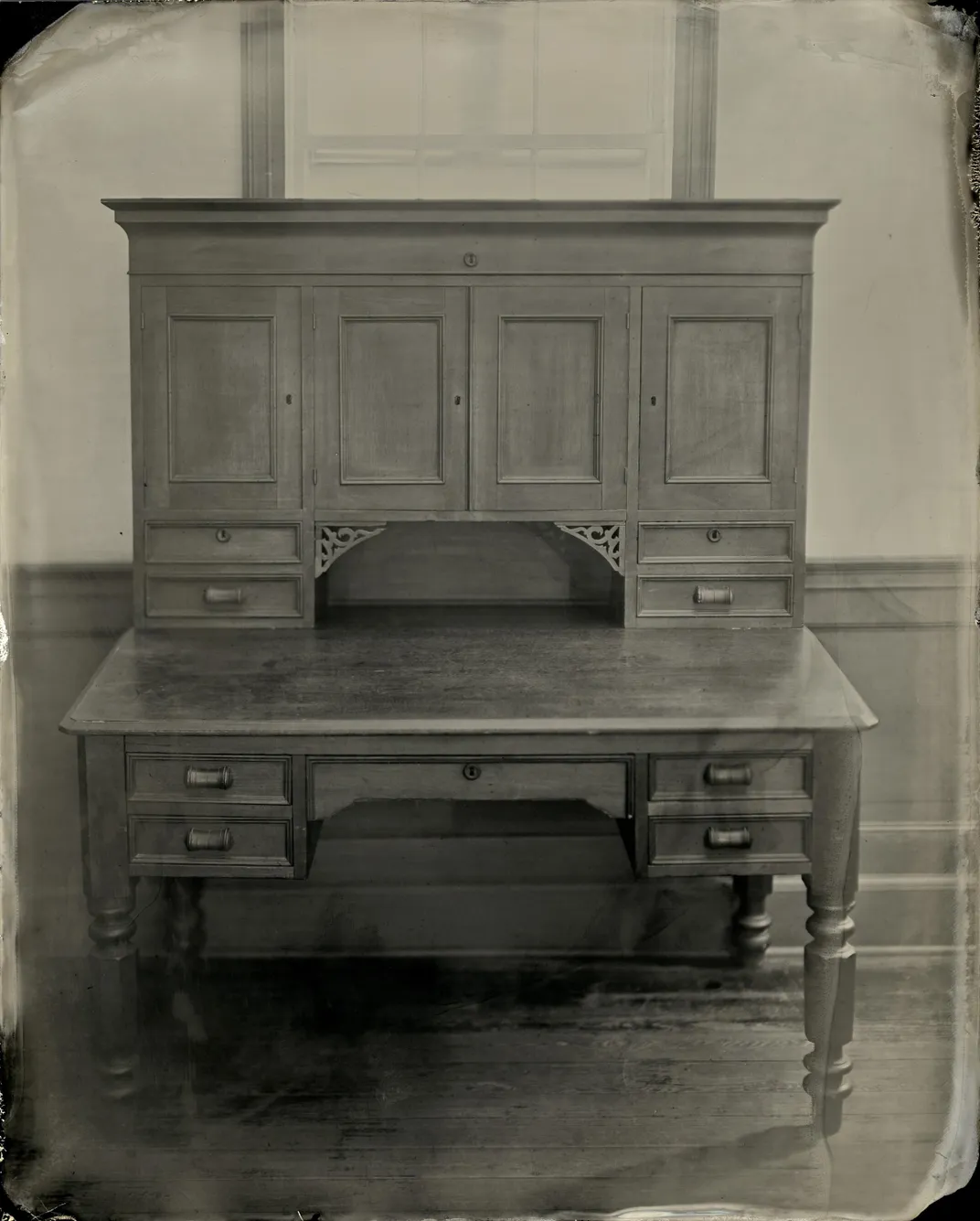
In recent years, a number of important books have chronicled the upheaval that followed the Military Reconstruction Act of 1867. That law, passed by a Congress that Republicans dominated, required the former Confederate states to adopt constitutions that recognized black citizenship, including the rights to vote and to sit on juries. In response, Confederate veterans founded the Ku Klux Klan, with the former Confederate general Nathan Bedford Forrest as its national leader. Because Klansmen operated in their home counties, they knew which local black activists to target for intimidation or assassination. Typical was the case of Benjamin F. Randolph, a South Carolina state senator and a delegate to the state’s 1868 constitutional convention: While campaigning for Republican candidates that October, he was shot down by three white men at a train station in broad daylight. No one ever pursued or even identified the gunmen.
Congress responded to such attacks with the Ku Klux Klan Act, which President Ulysses S. Grant signed into law in April 1871. After Klansmen murdered two more black legislators in South Carolina, Grant exercised his powers under the act to declare martial law and suspend the writ of habeas corpus in nine counties in the state. As federal troops made arrests in scores of attacks, Grant’s attorney general, Amos Akerman, went to South Carolina to oversee the prosecutions, which were conducted in federal courts and before interracial juries. The Justice Department obtained 168 convictions, and Akerman’s informants estimated that as many as 2,000 vigilantes had fled the state rather than face arrest. “Peace has come to many places as never before,” Frederick Douglass exulted. “The scourging and slaughter of our people have so far ceased.”
But the aging abolitionist was overly optimistic. In crushing the Klan, Akerman inadvertently decentralized white vigilantism. Thanks to the Klan Act, black citizens were protected by federal marshals at the polls and Army patrols in urban areas. But elsewhere, lone assassins and small gangs still preyed on the Republican leaders of the reconstructed state governments and the African-American citizens they tried to protect. Scholarly attention, understandably, has tended to focus on large-scale atrocities, such as the Colfax Massacre of 1873, in which a white mob torched a Louisiana courthouse and gunned down at least 62 African-Americans as they tried to flee the flames. But those atrocities, horrific though they were, accounted for several hundred deaths at most.
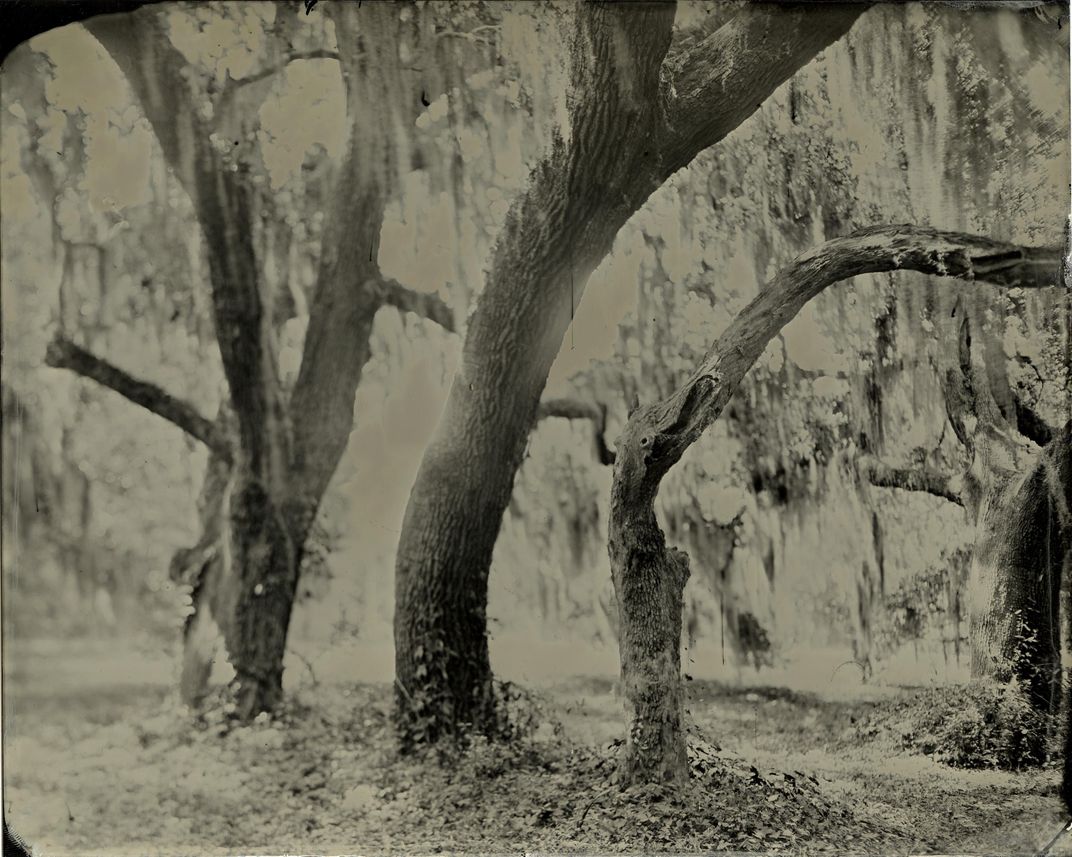
Which brings us back to Robert Smalls’ assertion of 53,000 African-Americans murdered. Unhappily, little survives of his personal papers, so they don’t provide much help in determining how he arrived at that number. But other sources do.
One is Blanche K. Bruce. A former Virginia bondman, he attended Oberlin College and served in the Mississippi State Senate. In 1875, the same year Smalls began representing South Carolina in the House, Bruce arrived in Washington as a U.S. senator for Mississippi. At the time, he was the only black U.S. senator, and African-Americans across the country regarded him as their spokesman. People peppered him with news regarding racial violence. “Tell them in Congress how Howard Banks & his poor little Boy were brutally murdered here and how one of our preachers was shot down,” someone wrote from Vicksburg, Mississippi. Bruce’s correspondence, which fills nine boxes at Howard University’s library, is rife with such reports. Although Smalls was one of only seven black congressmen in 1875, his wartime service made him the most famous of the group. Undoubtedly, he too received bulletins on violence from around the country.
As a congressman, Smalls also had access to the extensive regional reports from officers assigned to the Freedmen’s Bureau, the federal agency that helped former slaves and impoverished Southern whites obtain food, land, education and labor contracts from 1865 to 1872. In hundreds of bound volumes, innumerable letters documented attacks on black and white teachers employed by the bureau, and during election seasons the reports from the field contained almost nothing but accounts of violence.
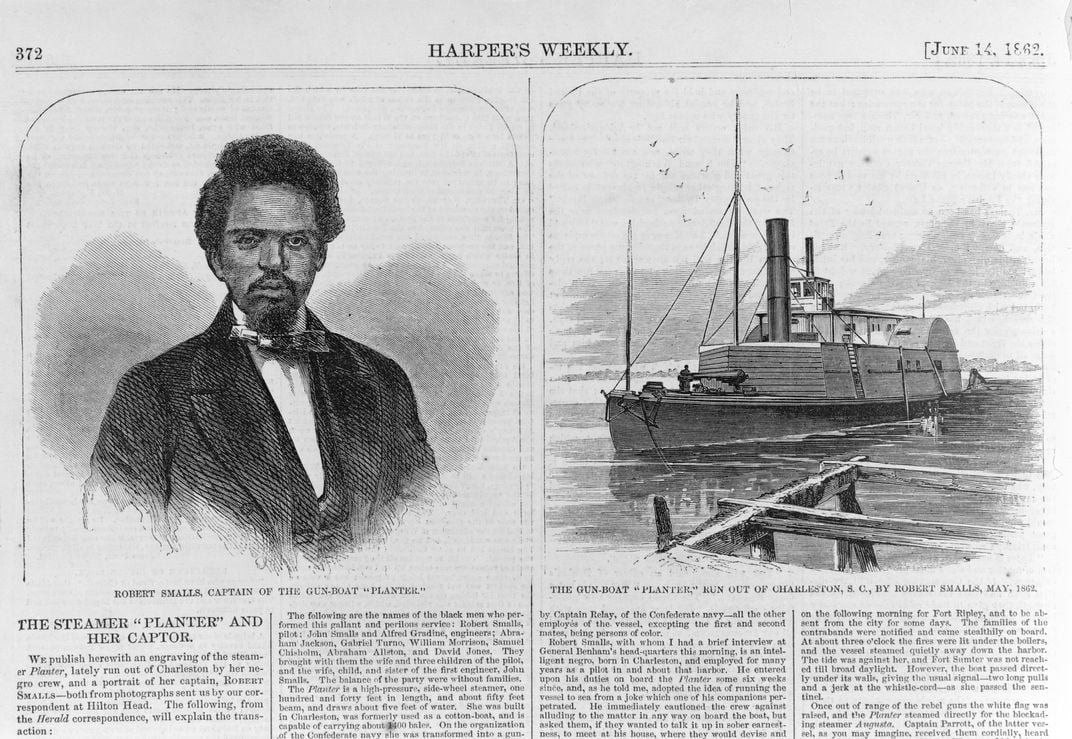
In Grenada, Mississippi, for example, J.B. Blanding, a 25-year-old Army officer and bureau agent, was shot three times in the head while out for an evening stroll in 1866. The next morning, as Blanding lay dying, “a committee of citizens” paid a call on his captain to warn him “that the teachers must leave, and that if he himself did not leave he would be killed next.”
When an Atlanta-based activist named Walker journeyed into the countryside during the fall of 1868, “a party of white men” surrounded a house where he was spending the night and threatened to torch it unless he came with them. Vowing to “deliver himself and trust to the Lord,” Walker did so. He was found the next day “with two bullet holes in his breast.” Two days before the election, another Georgia-based bureau agent informed his superiors that he knew of “five freedmen who have been murdered for political opinion within the last two weeks.”
Just weeks before that in Alabama, “a gang of men disguised” broke into the home of freedman Moses Hughes. When they couldn’t find Hughes, who had crawled up the chimney, they shot his wife “through the Brain & left her dead.” The “plain truth,” the agent reported, “is the Rebellion is flourishing in these parts.”
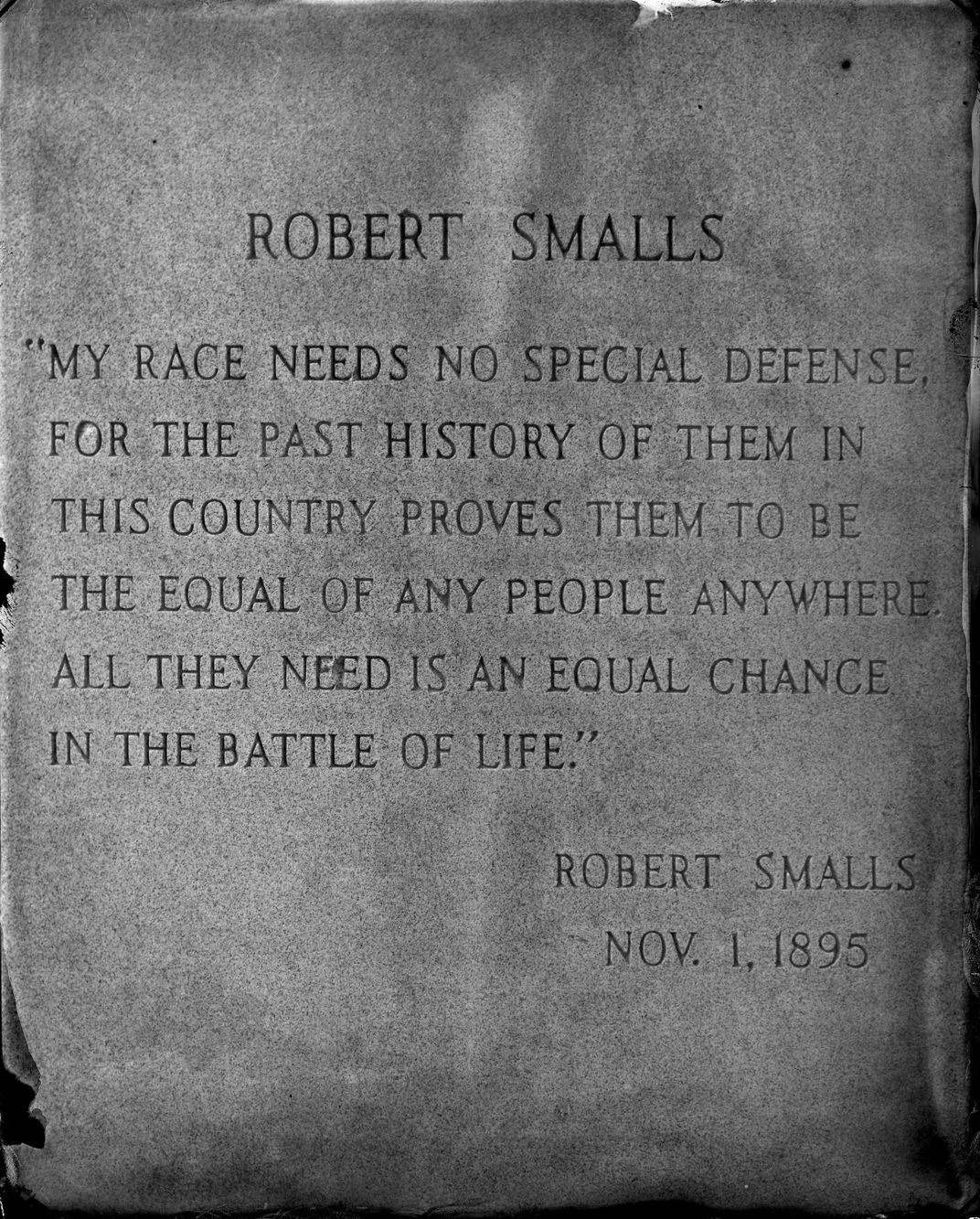
The black press is a third possible source for Smalls’ tabulations (though not Smalls’ own paper; I could locate no print run of the Beaufort Southern Standard). Almost from the moment the Crescent City fell to Union gunboats in April 1862, Louis Charles Roudanez began publishing the New Orleans Tribune. After the Confederate surrender three years later, black newspapers appeared in almost every Southern town. As Roudanez and other black editors documented white-on-black violence, Democrats retaliated. In Opelousas, Louisiana, they demolished the office of the pro-Republican Progress, lynched its French-born editor and, according to the black-owned San Francisco Elevator, shot as many as “one hundred negroes.” The Tribune also highlighted the calculus of terror, noting that ministers and other community leaders were high-value targets. Southern “Democrats wanted to get those recognized leaders out of the way,” one black editor said. “If they could not scare him out, then they would kill him.” The press, like the Freedmen’s Bureau reports, documented an epidemic of bloody oppression.
This wave of terror continued into the 1870s, and even visited Smalls’ doorstep. In 1876, some rice planters threatened to “tie him up and give him 150 lashes on his big fat ass” as he tried to settle a labor strike by black rice workers. He struck a deal anyway. On Election Day that year—“a carnival of bloodshed and violence,” Smalls said—he narrowly won re-election to the U.S. House. But then the state’s Democrats, now ascendant, challenged the result and accused him of taking a $5,000 bribe during his days in the State Senate. While the case proceeded—he was tried and convicted, but then pardoned in 1879—Smalls retained his seat in the House. But he lost it in the 1878 elections. By then the state’s white supremacist Democrats had retaken control of the government.
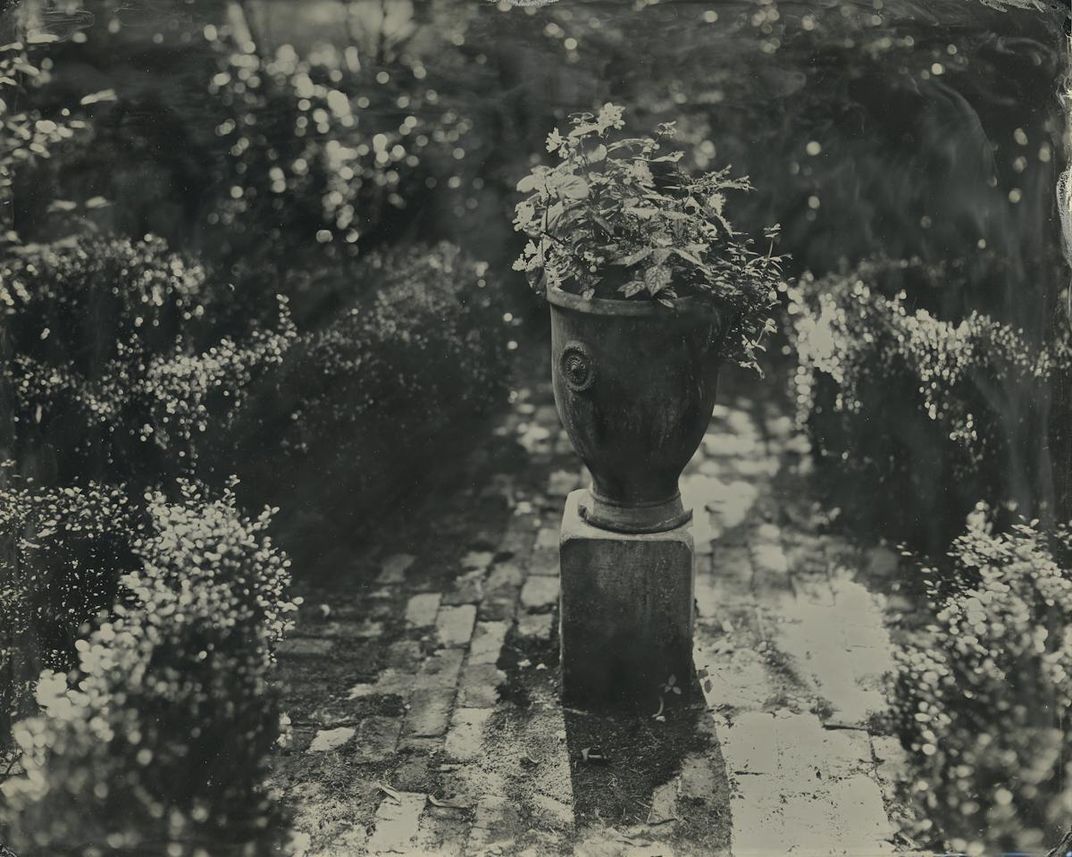
This time, there was no federal intervention. An economic depression in 1873 had turned the nation’s attention to financial matters. Northerners may have tired of reading about violence in the South. As federal troops were sent to fight the escalating wars on the Great Plains, their presence in the South declined from an 1867 peak of 12,000 to only 2,800 in the summer of 1876. By then Southerners were demanding that even those troops depart; that demand became moot when Rutherford B. Hayes agreed to withdraw them as part of the deal that settled that November’s disputed presidential election.
The dilution of black power continued. In 1880, Smalls lost his House seat with only 40 percent of the vote—but after he presented evidence that African-American turnout had been suppressed through intimidation, the House voted to seat him instead of his opponent. After he won two more contentious, contested elections, he lost his seat to William Elliott, a Democrat and former Confederate officer. “Elections are all in the hands of the Democrats,” he told a reporter in 1886.
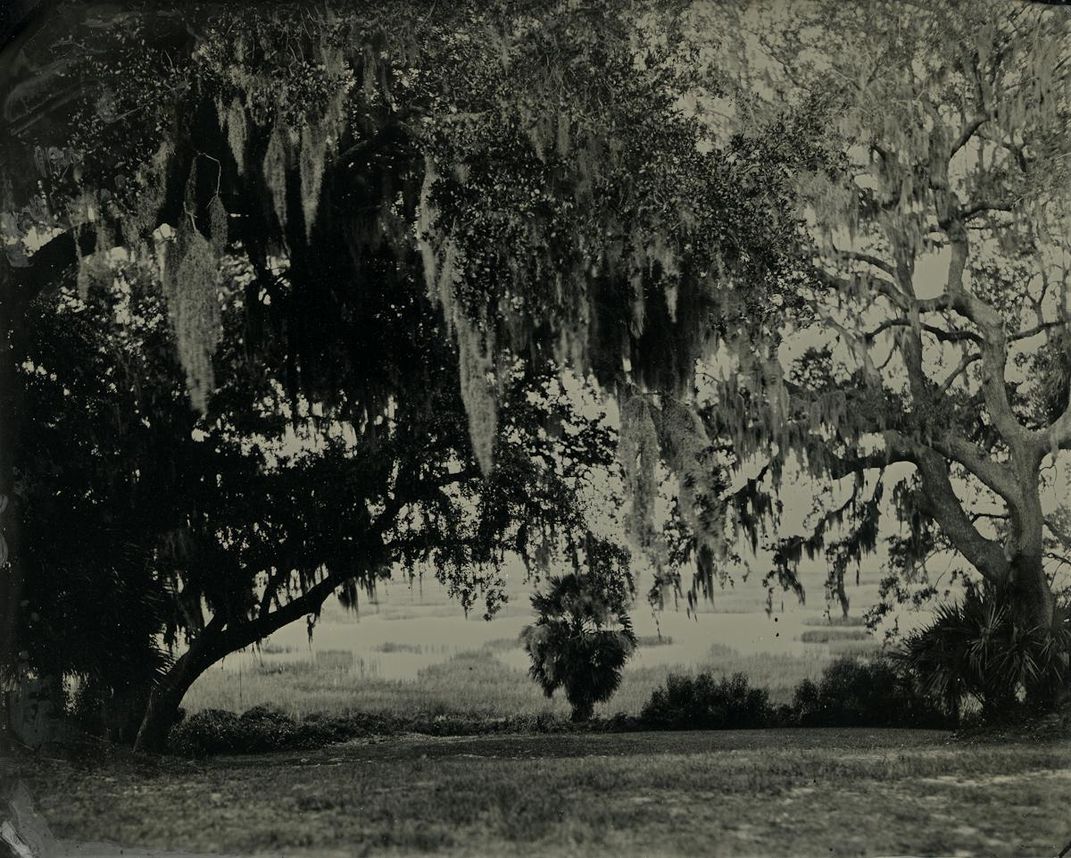
As a reward for party service, President Benjamin Harrison appointed Smalls collector for the Port of Beaufort. Five years later, as one of South Carolina’s constitutional delegates, Smalls proclaimed his hope that “when our work is done that we have made as good a constitution as the one we are doing away with.”
He hoped in vain. The new constitution required that voters own at least $300 worth of property, pass a literacy test and be able to answer questions about any provision in the document. It disenfranchised most African-Americans and laid the basis for Jim Crow segregation in South Carolina. There and elsewhere, democracy was subverted, and the human toll, however inexact, was enormous.
A Note to our Readers
Smithsonian magazine participates in affiliate link advertising programs. If you purchase an item through these links, we receive a commission.
